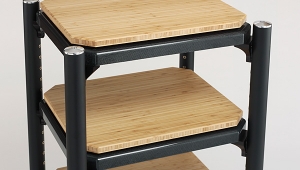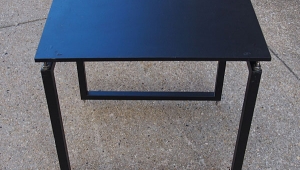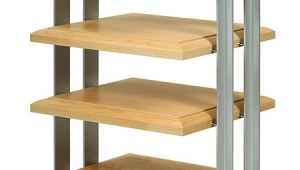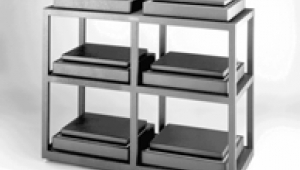| Columns Retired Columns & Blogs |
this is a wonderful thing to know "Lloyd backs up his approach by providing comparative test results of GPA stands, conventional metal stands, and air-bladder shelves, measured on a shaker table. GPA claims that while air-suspension devices provide an 80% reduction in vibration over conventional shot-filled metal shelving, the Monaco reduces vibration even further" I want to thank you for sharing this information. More power

























